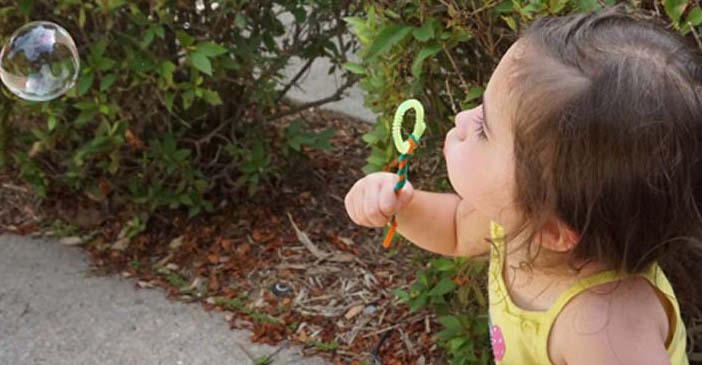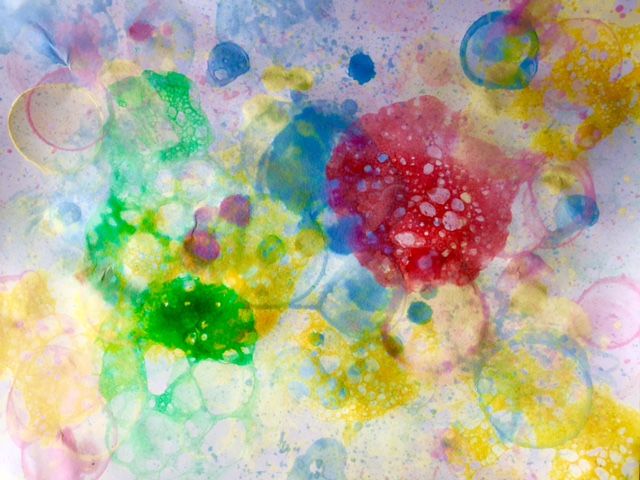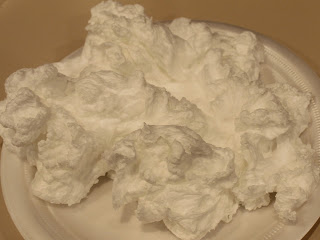By Mildred Cawlfield
Communication is more than talking.
Our canoe glided smoothly down a river lined with wild flowers and lush trees whose branches hid the winged songsters filling the air with their varied calls. Occasionally we passed a cow wading in for a morning drink or a marmot scurrying away as we passed. Dragonflies and swallows dipped down to the river beside us.
How I wanted our little boys to drink in and enjoy this scene as I did. But the fearful whimpers of our three-year-old broke into the quiet as he sat in his life jacket, gripping the sides of the canoe.
“Look at that beautiful flower! Watch and maybe you’ll see a deer!” I exclaimed.
“When can we get out? Don’t stop paddling. Go back to the car!” he sobbed.
I explained that we were going down stream and couldn’t stop until we came to a certain place. We sang songs about riding in a canoe, and hymns which had always comforted him, but the fearful complaining continued.
Finally, I remembered to listen – to tune in, not just to his words, but to his feelings. “The rocking canoe feels kind of scary?” I queried. “Yes!…” A look of relief swept over his face. Then, as I held the paddle, the fear returned. “Keep paddling! Keep paddling!”
“You don’t like me to stop paddling.” I ventured, as I held the paddle up. “No! No! We’ll sink!” he cried. “Oh!” I said. “You think the paddling keeps the canoe floating.”
“Yes, yes! Keep paddling.” he said. Now that the false fear was uncovered, it was easy to explain and demonstrate the facts of the canoe’s buoyancy. We were able to eliminate the fear and allow the beauty of nature’s lessons to be learned.
We followed this experience with experiments in buoyancy of objects. It was also a good lesson for the boys still later in how false fears can be dispelled with the truth. To me, the lesson in the importance of listening was valuable.
Often we’re so busy teaching children what we want them to learn, that we forget to listen and find out just where their thought is, and what they most need to learn. This kind of communicated listening can also help a child define and solve his own problem.
“I can’t find my shoes,” fussed four-year-old Toni, as she was getting ready to go outside.
Let’s look at the alternatives her mother had at this point: she could take over Toni’s problem by finding the shoes for her or by telling her where to look, or she could listen and verbalize her daughter’s dilemma, thus helping Toni solve her own problem. The mother chose the latter course.
She said, “You took off your shoes when you wore them last, and now you don’t remember where that was.” “Yes,” said Toni. “I was playing outside and came in for a bath. Oh!…” she broke off, running to the bathroom where she gleefully found her shoes.
Two-year-old Mindy fussed loudly when it was time for her to leave the Acorn toy library. Instead of engaging in a verbal tug-of-war, her mother gained her cooperation by tuning in.
“You wish you could stay and play here.” After a moment of agreement from Mindy, she went on, “Your brother is getting out of school now and is looking for us to pick him up. Let’s go and show him the toys we’re taking home.”
The mother’s opening statement let Mindy know that mother understood how she felt and caused her to listen to the explanation. She then left willingly.
I have seen parents of infants listening well to their little ones and interpreting their cries understandingly: “He’s crying half an hour before he’s due for feeding. He seems to be extra hungry today. I’ll feed him now.”
“Amy doesn’t like to be wet. A diaper change is needed.”
Here’s an important one: “He’s been fed and changed and talked to and loved. He’s just tired. I’ll put him down. He may cry hard for a few minutes, but then he’ll go to sleep.”
This type of listening helps the infant feel understood and later helps him learn to communicate better with others. One lovely morning, Billy dressed quickly and went outside to swing before breakfast. His mother, feeling the pressure of getting him to preschool, called him in to breakfast. He kept swinging and his mother called again. Finally, she angrily went out to get him, telling him that they would be late for school. An unhappy scene followed and Billy was so upset that he ate very little breakfast.
Later, in thinking it through, his mother said, “If only I had stopped to reason from his viewpoint! I could have said, ‘You dressed quickly so you’d have time to swing. It feels good to swing early in the morning. I’ll give you two extra minutes to swing, because I know you’ll come in quickly for breakfast when I call.’” Thinking through the experience in this way prepared Billy and his mother for some happy experiences to come.
It takes practice to listen to another’s viewpoint, and it isn’t always easy. It requires putting aside self-will. But the rewards of understanding and communication, as well as greater harmony in the home, are well worth the effort.
Common sense is needed in using this approach, however. When the problem is not the child’s but yours, it’s better to communicate your viewpoint rather than his. For instance, Daddy is talking on the phone and Randy starts pounding his pounding board nearby. Daddy says, “When you pound here, I can’t hear on the phone. Take this ball outside and I’ll play with you when I get through.”
The parent can also verbalize the feelings of another child. “Jenny doesn’t like to be pushed. It makes her cry. See if you can give her gentle love-pats and make her happy.” This type of communication is valuable in teaching a child to listen to the viewpoint of others.
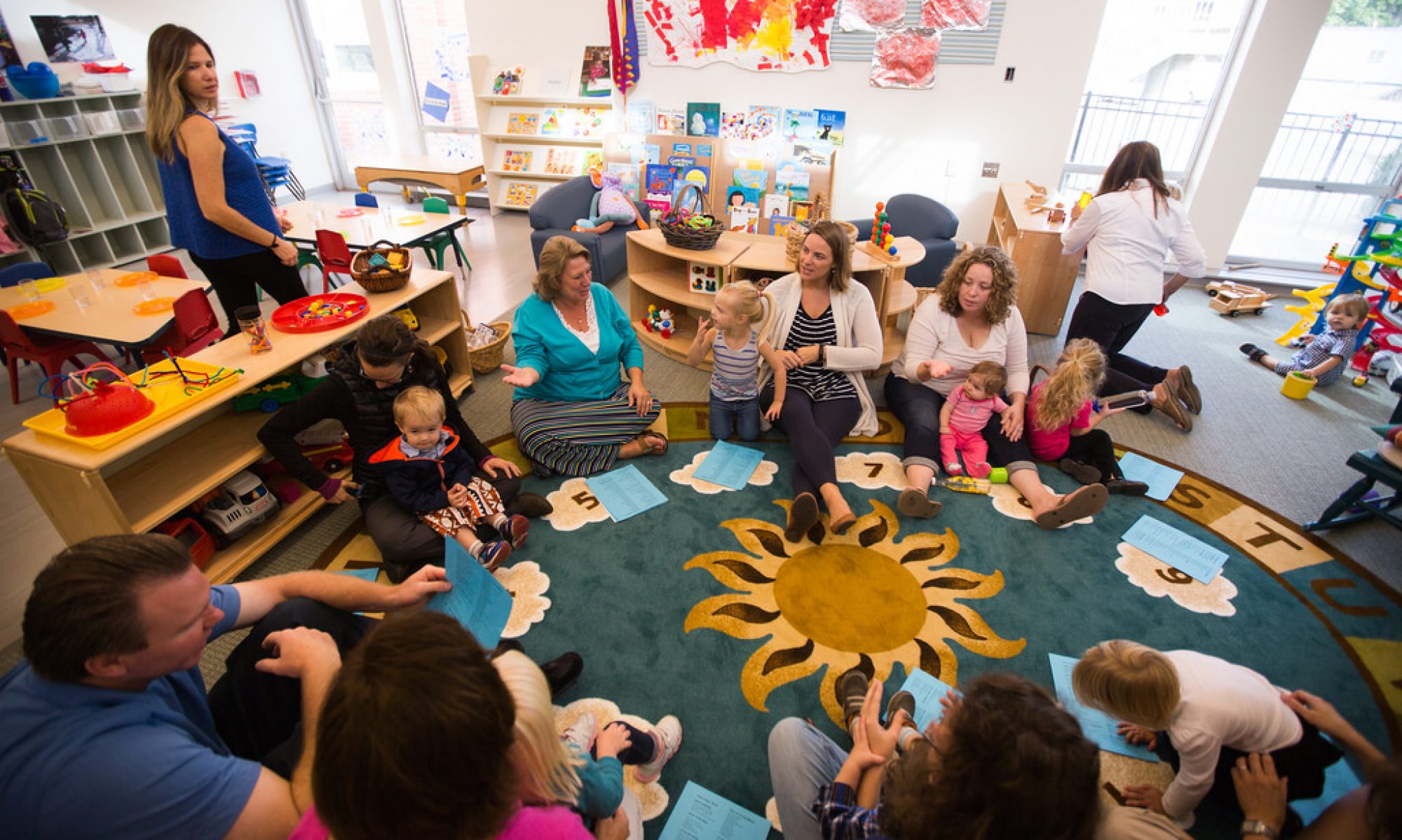
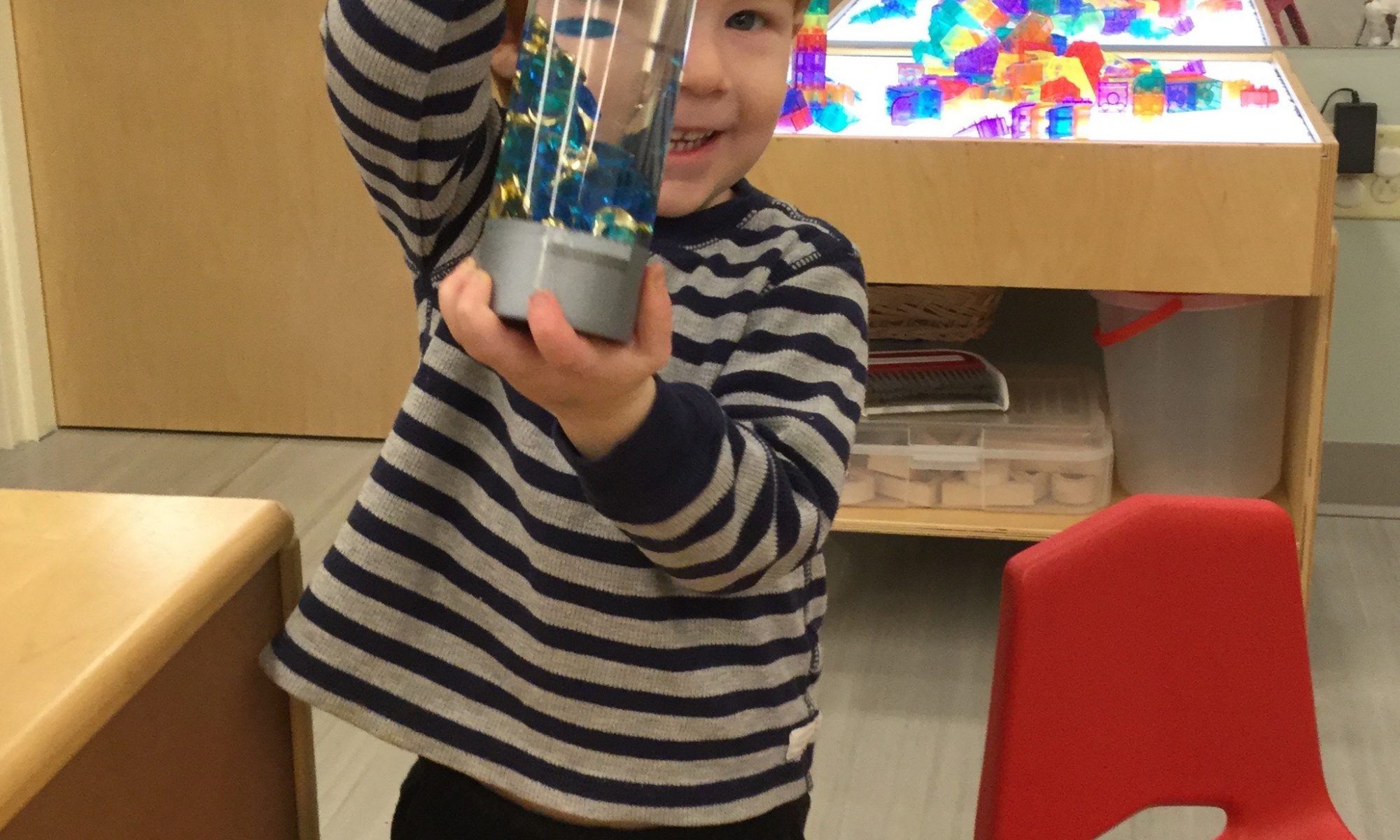
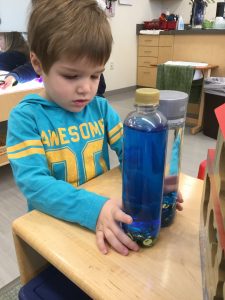
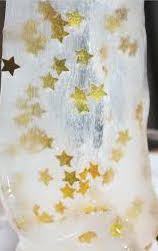
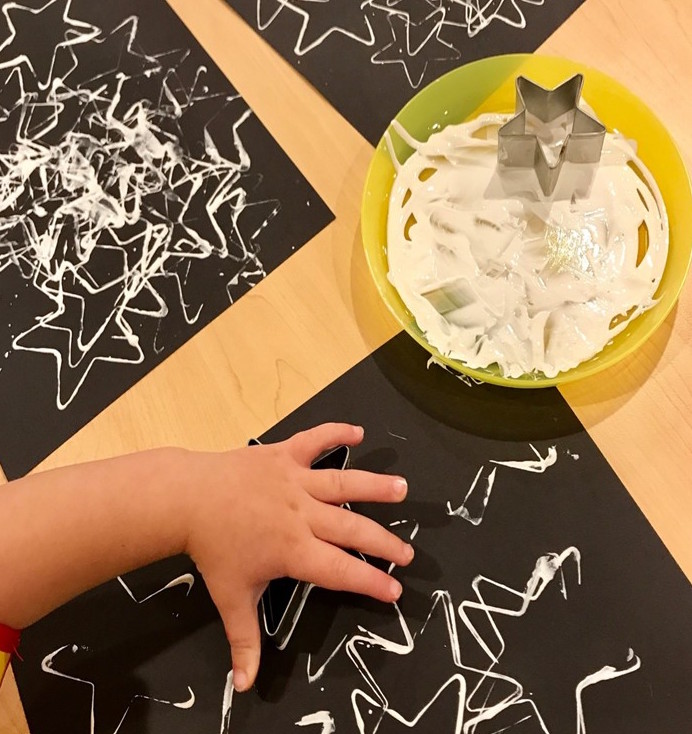
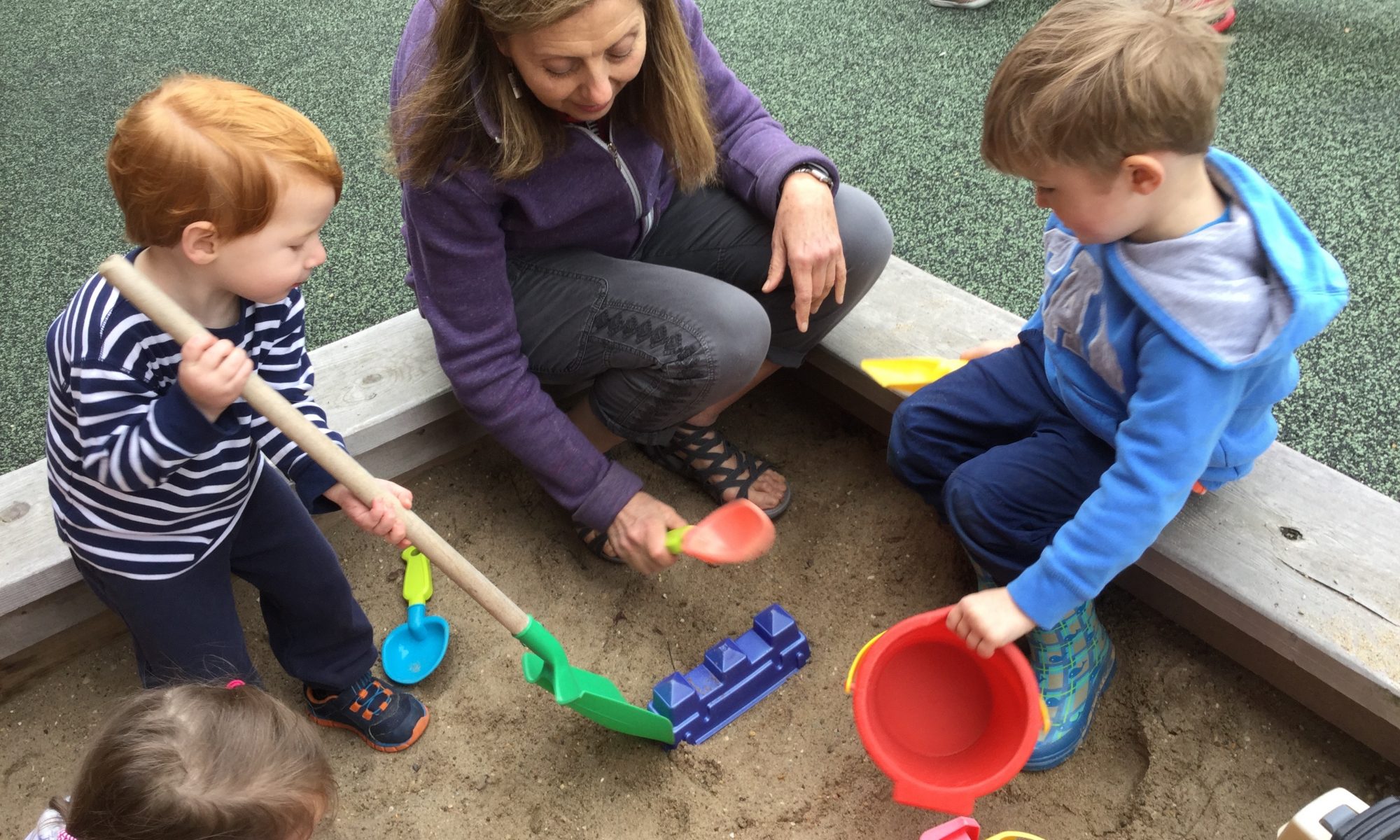
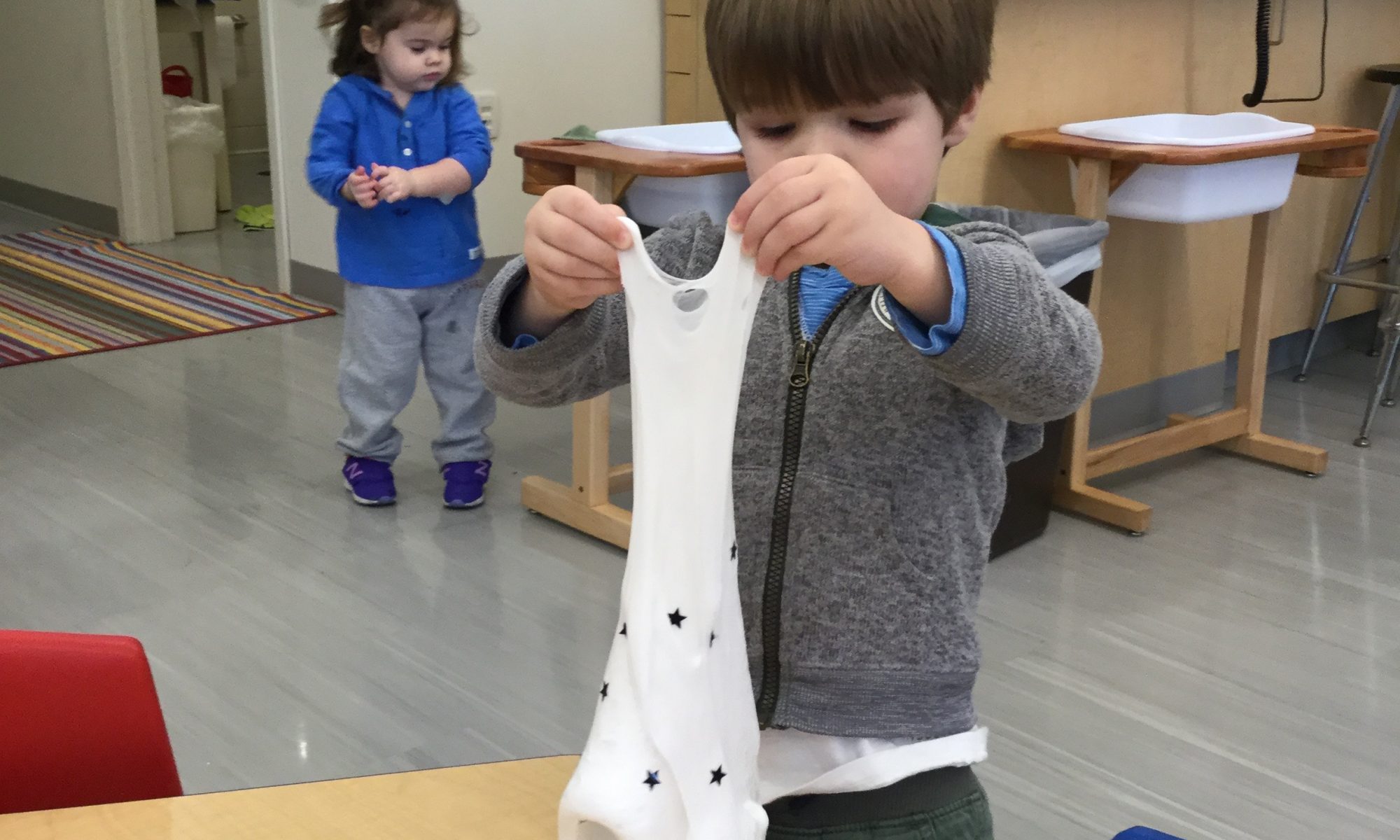
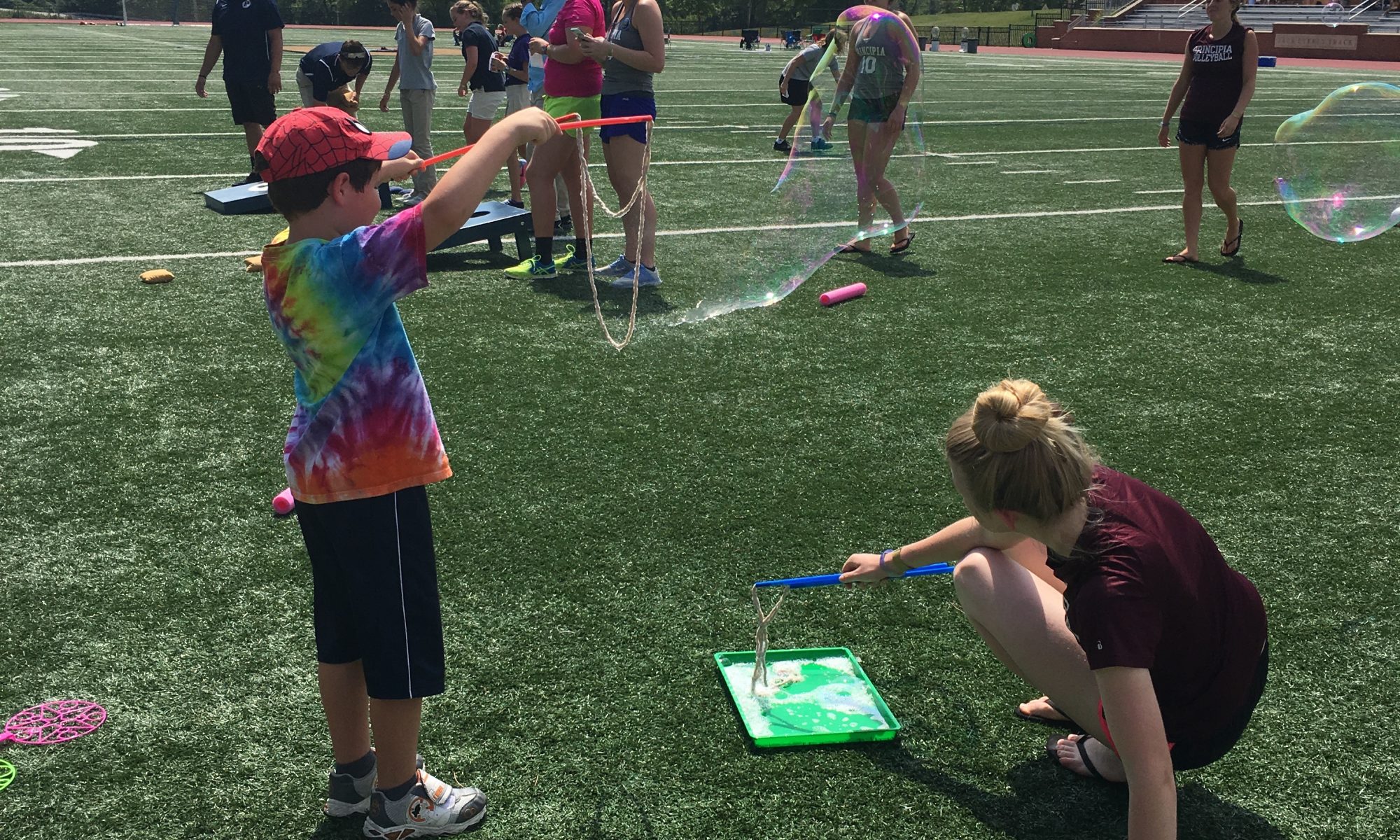
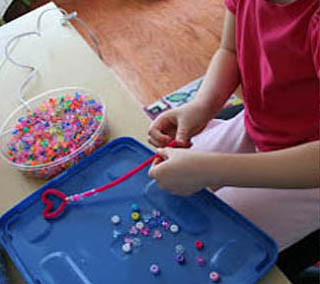
 which shapes she wants to make the bubble wands—circles, hearts, ovals, etc. Form the shape at one end of the pipe cleaner, leaving a little extra bit to wrap around the body of the pipe cleaner in order to keep the shape. The bigger the shape, the bigger the bubbles.
which shapes she wants to make the bubble wands—circles, hearts, ovals, etc. Form the shape at one end of the pipe cleaner, leaving a little extra bit to wrap around the body of the pipe cleaner in order to keep the shape. The bigger the shape, the bigger the bubbles. Next, slide pony beads onto the pipe cleaner. This is a great fine motor activity for your child. When all the beads are on the pipe cleaner, twist the end of the pipe cleaner to keep them from falling off.
Next, slide pony beads onto the pipe cleaner. This is a great fine motor activity for your child. When all the beads are on the pipe cleaner, twist the end of the pipe cleaner to keep them from falling off.